Medically Reviewed by Dr. Lisa Hartford, MD
There’s something undeniably magnetic about a confident smile. It’s the kind of expression that carries memories, stories, and personality. But as the years pass, many people notice their teeth beginning to lose their brilliance. The once-bright enamel seems to take on a more subdued shade, subtle stains linger longer than before, and sensitivity becomes a new companion. For anyone over 40, this change is more than cosmetic—it reflects the natural aging process of the mouth. And while the market overflows with whitening strips, LED lights, and one-size-fits-all kits, few, if any, have been designed with the specific needs of mature smiles in mind.
The truth is that whitening at forty and beyond is not the same as whitening at twenty-five. Over time, enamel thins and the underlying dentin, naturally more yellow in hue, becomes more visible. This structural shift in the tooth itself means the kind of dazzling whiteness advertised in glossy ads may not be realistic—or even desirable. Older smiles tend to crave a return to freshness, not an artificial porcelain effect. At the same time, decades of exposure to coffee, tea, red wine, tobacco, or even certain medications create deeper, more ingrained discolorations that are harder to erase. The challenge is compounded by sensitivity: gums recede with age, roots become exposed, and teeth respond more sharply to hot, cold, and chemical stimuli.
Most whitening kits on the market were formulated for younger consumers with stronger enamel and fewer restorative treatments. They assume that teeth are resilient, that a strong peroxide concentration won’t trigger much discomfort, and that uniform results are easily achieved. This assumption often leaves older users disappointed, uncomfortable, or worse—hesitant to attempt whitening at all. Many report burning sensations, prolonged sensitivity, or patchy results around crowns and veneers that refuse to change shade. For this reason, dentists have long cautioned mature patients to approach whitening differently: start slower, go gentler, and focus on safety just as much as effectiveness.
That’s precisely why the concept of a whitening system designed specifically for people over forty matters. It acknowledges the biological changes that take place in the mouth and tailors the approach accordingly. A mature smile whitening kit, like MatureSmile, doesn’t promise the moon. Instead, it promises a considered balance: a noticeable brightening that is comfortable, enamel-safe, and mindful of sensitivity. Its LED-accelerated formula isn’t about gimmicks; it’s about efficiency—delivering peroxide-based whitening at concentrations optimized for enamel that has already endured four decades of wear.
The benefits extend beyond shade improvement. MatureSmile’s design acknowledges that older smiles often include crowns, bridges, or composite fillings. While these restorations cannot whiten, the system helps lift the natural teeth closer to their brightest possible shade, reducing the contrast and creating a more harmonious appearance. For someone in their fifties or sixties, that subtle balance between natural and enhanced can make all the difference between a whitening job that feels jarring and one that feels seamless.
Psychologically, the impact of whitening for older adults is profound. Studies consistently show that people associate a bright smile with vitality, energy, and even employability. For someone who feels that time has dulled not just their teeth but their presence, a whitening system that understands the realities of aging can feel empowering. Unlike cosmetic surgery or injectables, whitening is non-invasive and reversible, but the visual effect can be transformative.
Of course, no whitening system is without limits. Anyone considering whitening after forty should be mindful of their unique dental landscape. Those with extensive restorations may need replacements after whitening to match the new shade. Those with gum disease, cavities, or untreated sensitivity should address those conditions first. But for healthy mouths with a touch of natural aging, a kit like MatureSmile provides an accessible way to refresh the smile without resorting to expensive, repeated in-office treatments.
The uniqueness of this approach cannot be overstated. While countless whitening brands tout “sensitive teeth formulas,” almost none have spoken directly to people over forty. The message is often generic: anyone can use them, regardless of age. MatureSmile turns that narrative on its head, saying instead: yes, you can whiten—but let’s do it in a way that honors the needs of a mature smile. This is not about competing with a twenty-year-old’s shade card. It’s about helping a forty-, fifty-, or sixty-year-old feel more confident and comfortable in their own skin, without unnecessary pain or unrealistic expectations.
Aging is inevitable, but the dulling of a smile doesn’t have to be permanent. With the right approach, whitening after forty can feel less like chasing lost youth and more like reclaiming brightness that was always meant to shine. MatureSmile, as one of the first dedicated at-home whitening kits for mature smiles, signals a shift in how the industry thinks about beauty and age. Instead of ignoring the realities of aging enamel, it embraces them, offering a thoughtful, targeted solution to a problem long underserved. In a marketplace obsessed with youth, that’s a refreshing reason to smile.
References
Joiner A. The bleaching of teeth: a review of the literature. Journal of Dentistry. 2006.
Kwon SR, Wertz PW. Review of the mechanism of tooth whitening. Journal of Esthetic and Restorative Dentistry. 2015.
American Dental Association. Whitening: Questions and Answers. ADA Science Institute, 2021.
Canadian Dental Association. Tooth Whitening. CDA Consumer Information, 2022.
Dawson PF, et al. A clinical study of the sensitivity of teeth to bleaching agents. Journal of Dentistry. 2011.
AARP Health. Teeth Whitening for Older Adults: Tips and Considerations. AARP, 2023.
Goodacre CJ, et al. Clinical considerations in dental restorations and whitening outcomes. Journal of Prosthodontics. 2019.

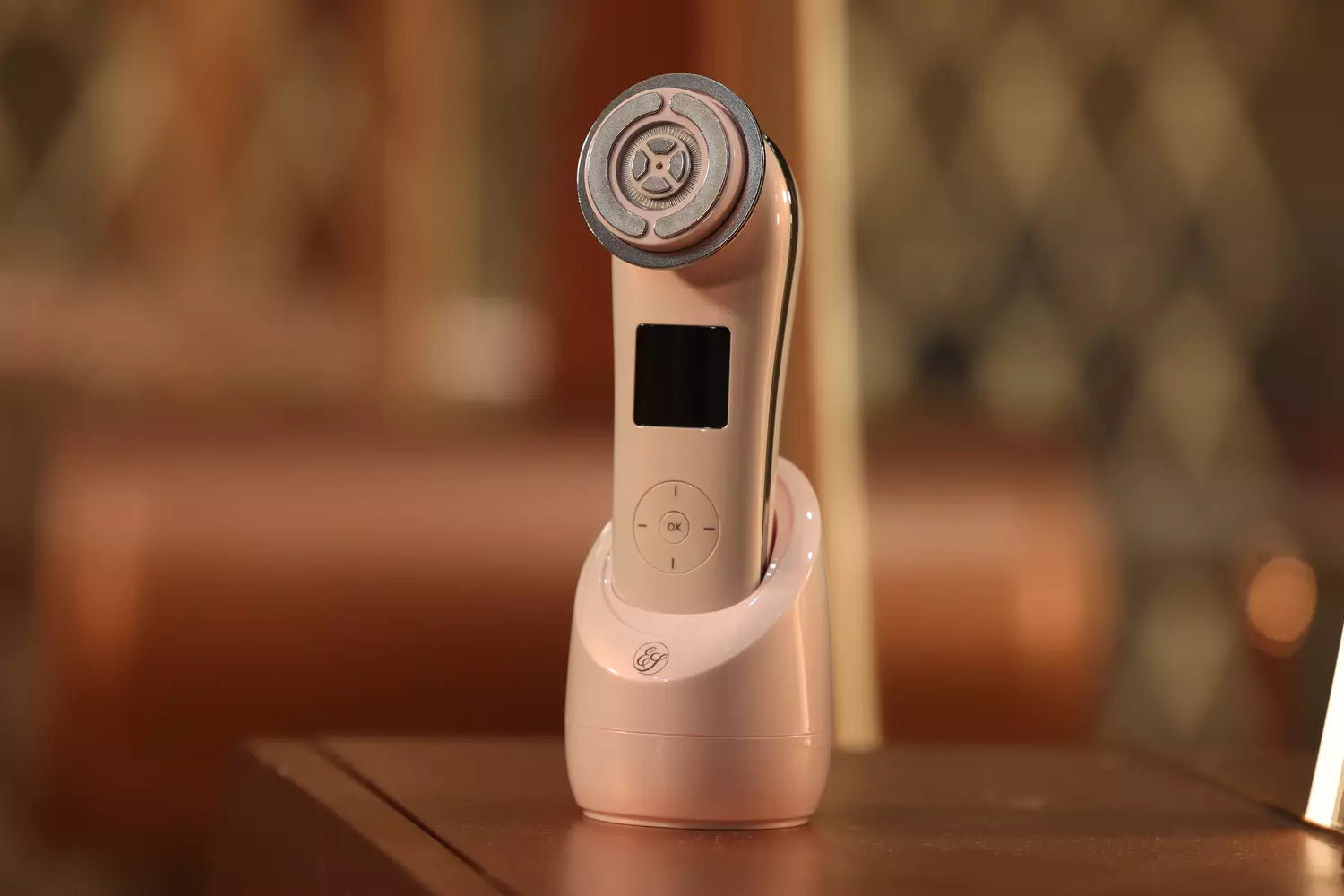
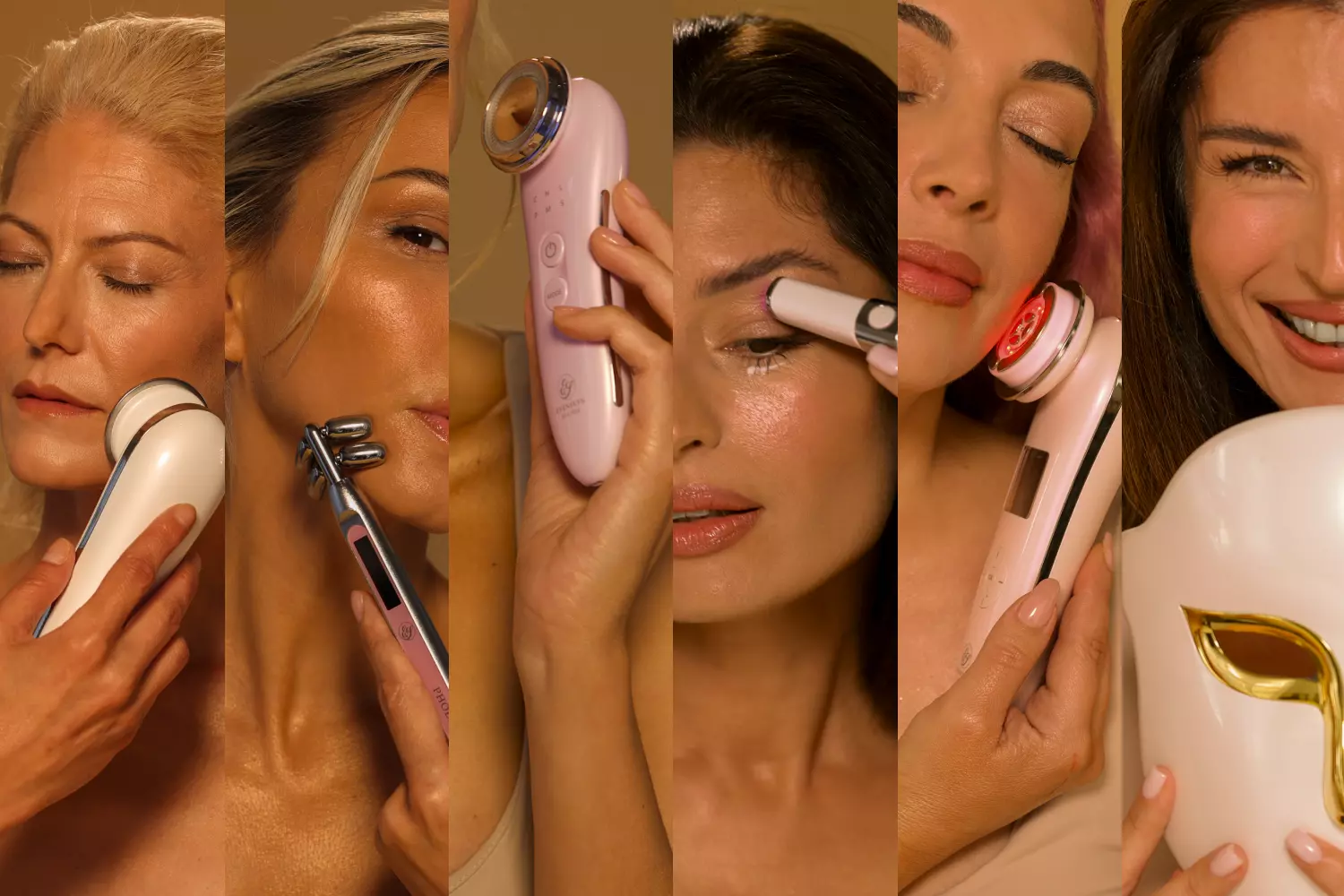
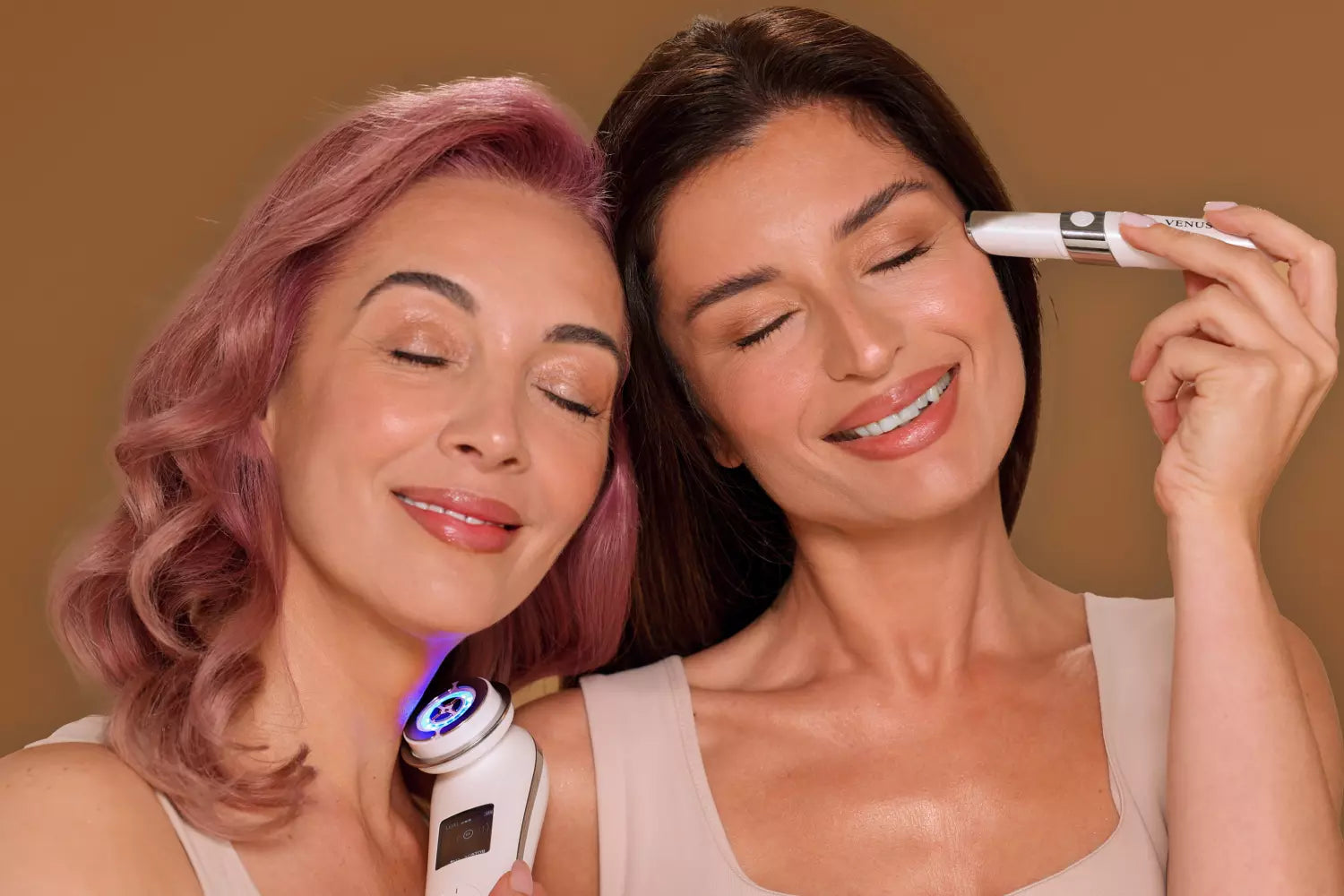
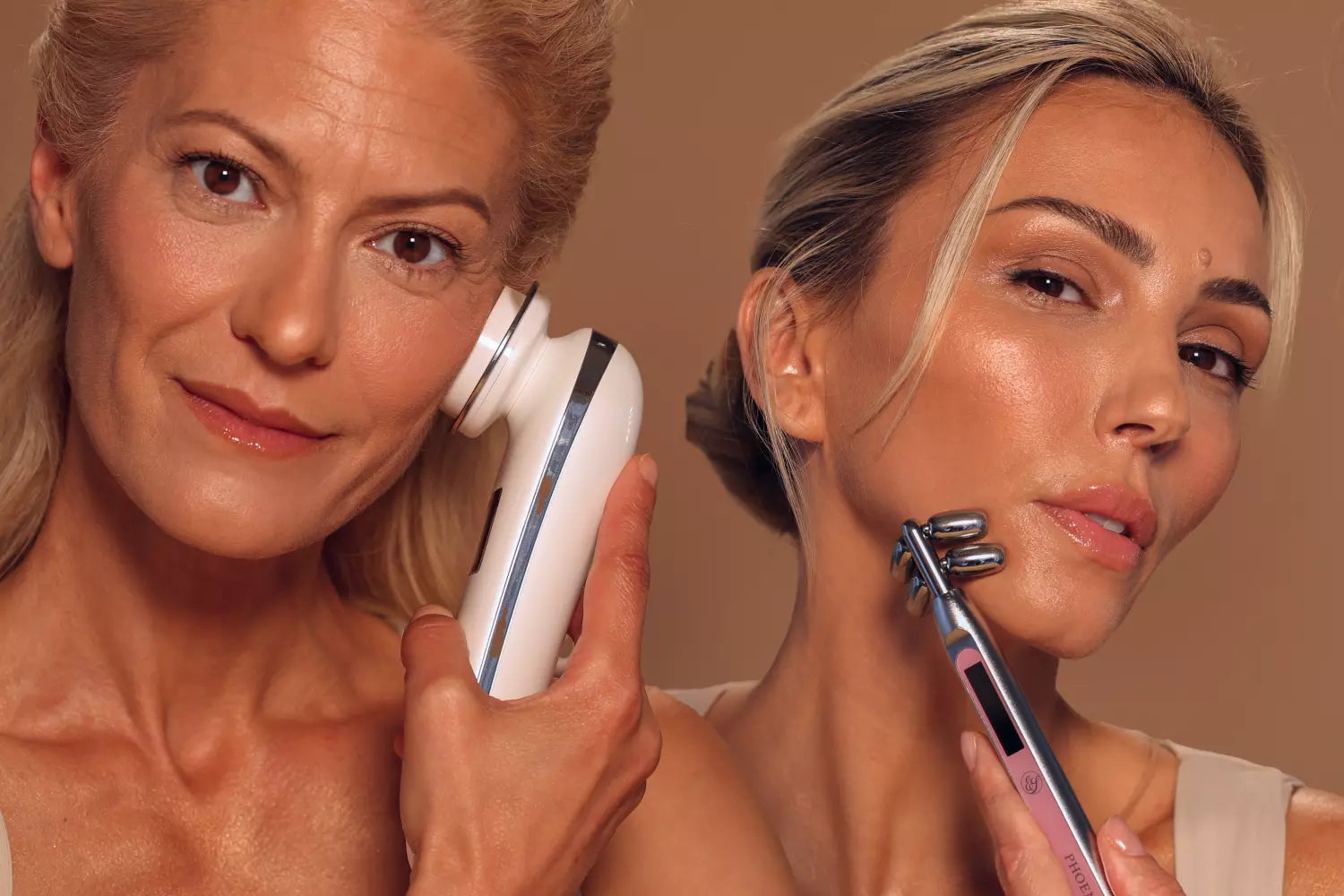
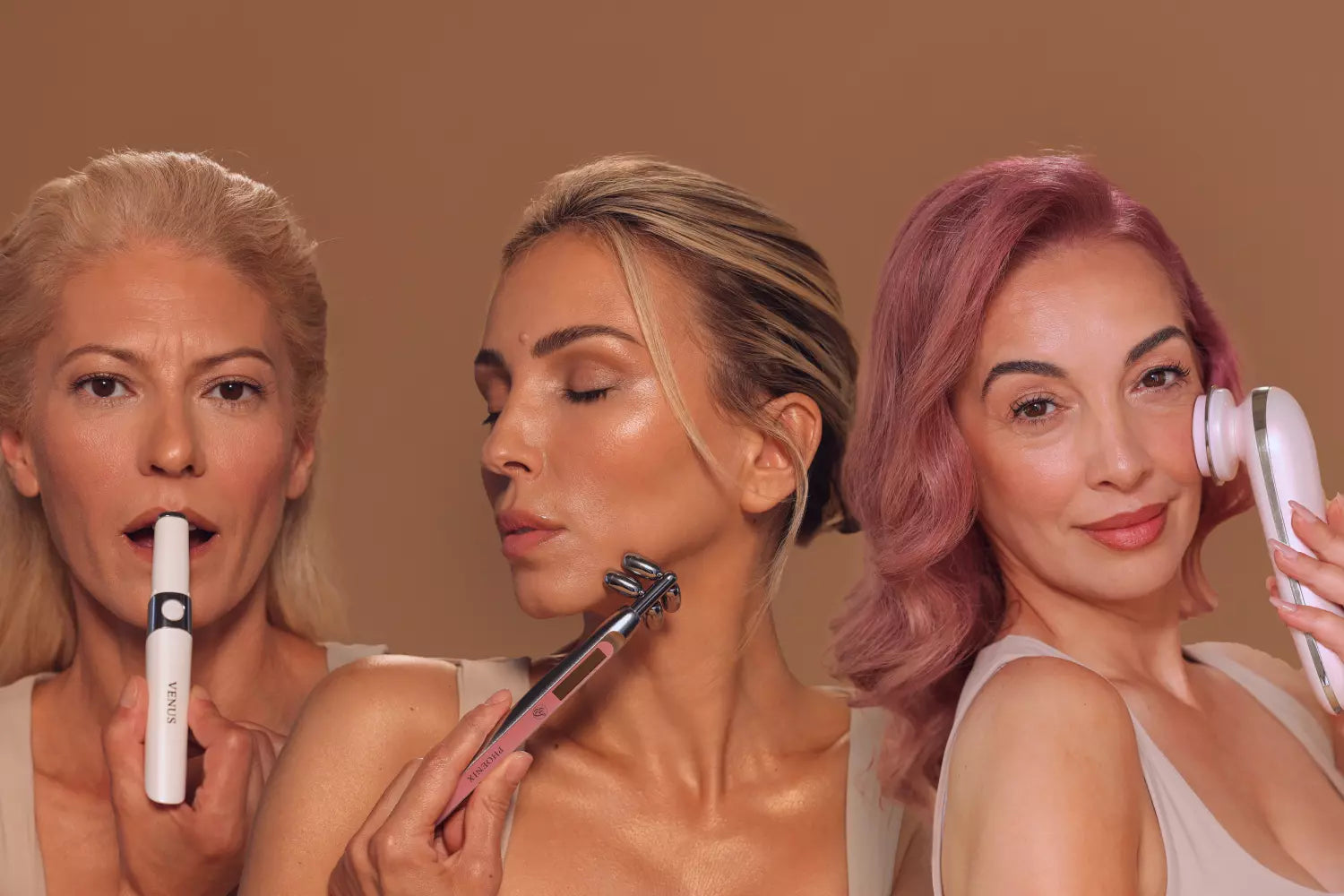
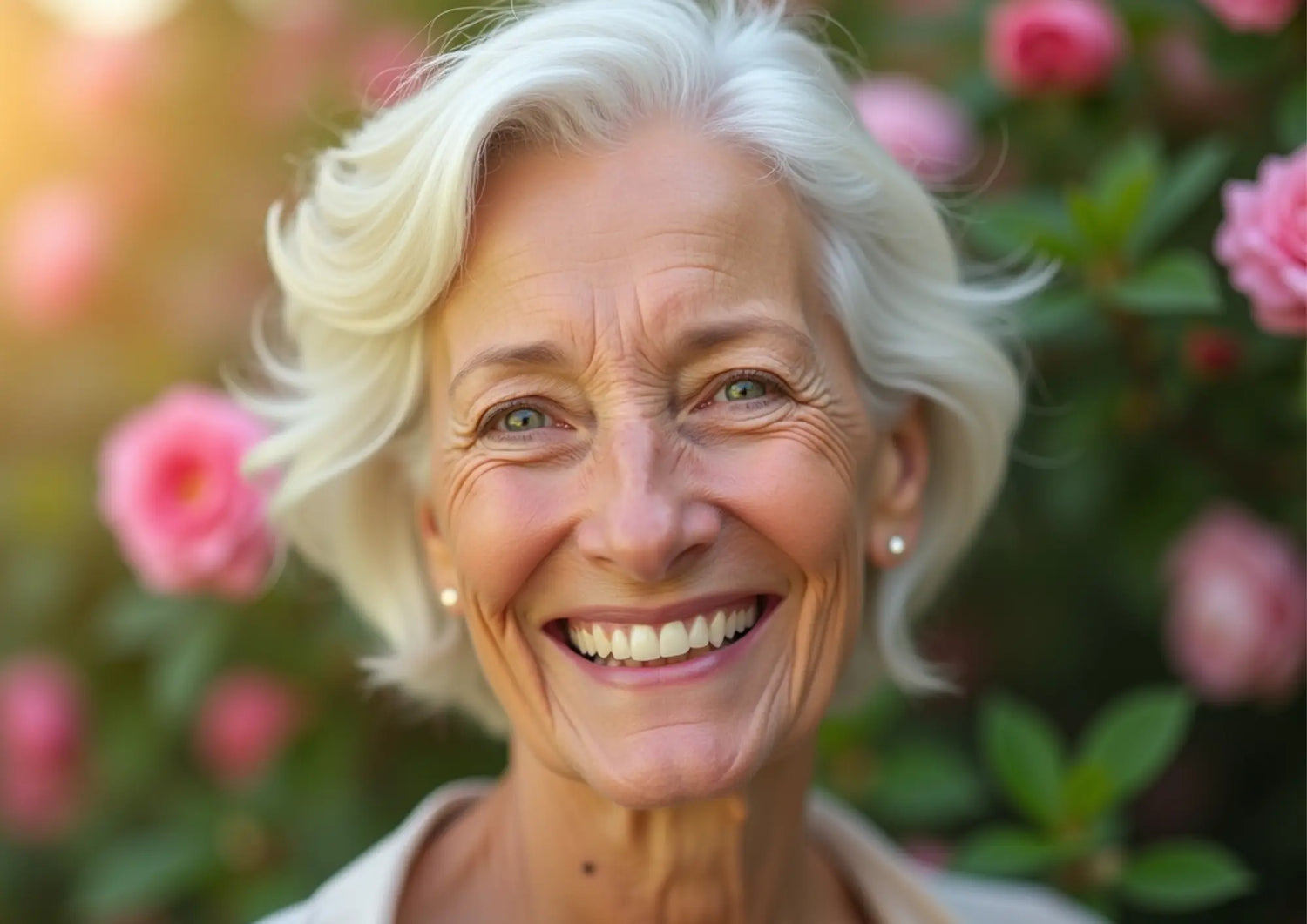

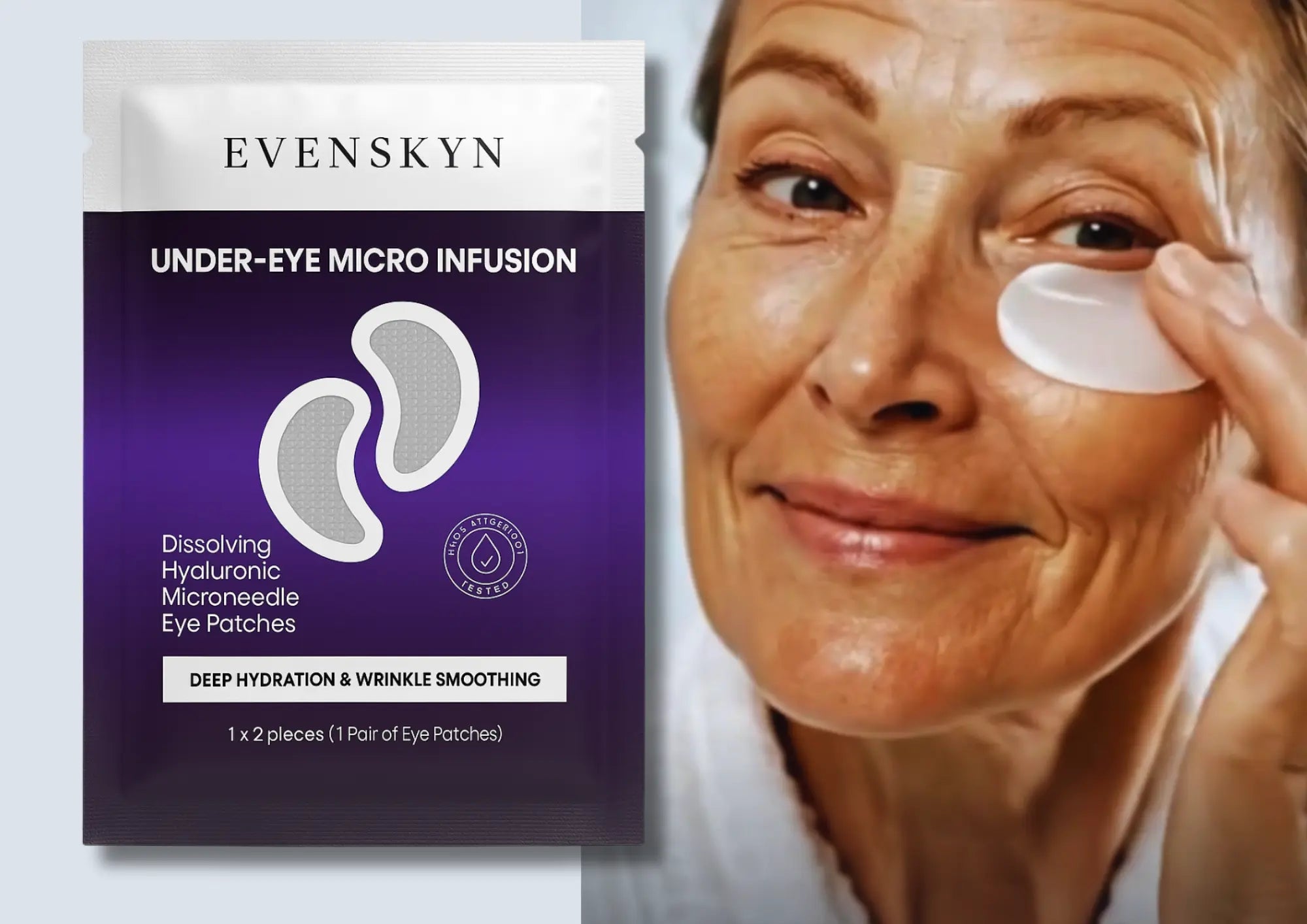
Leave a comment
All comments are moderated before being published.
This site is protected by hCaptcha and the hCaptcha Privacy Policy and Terms of Service apply.